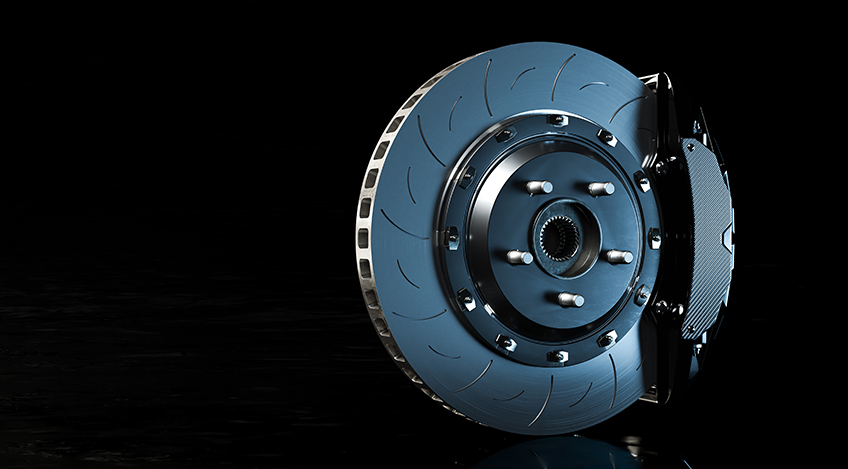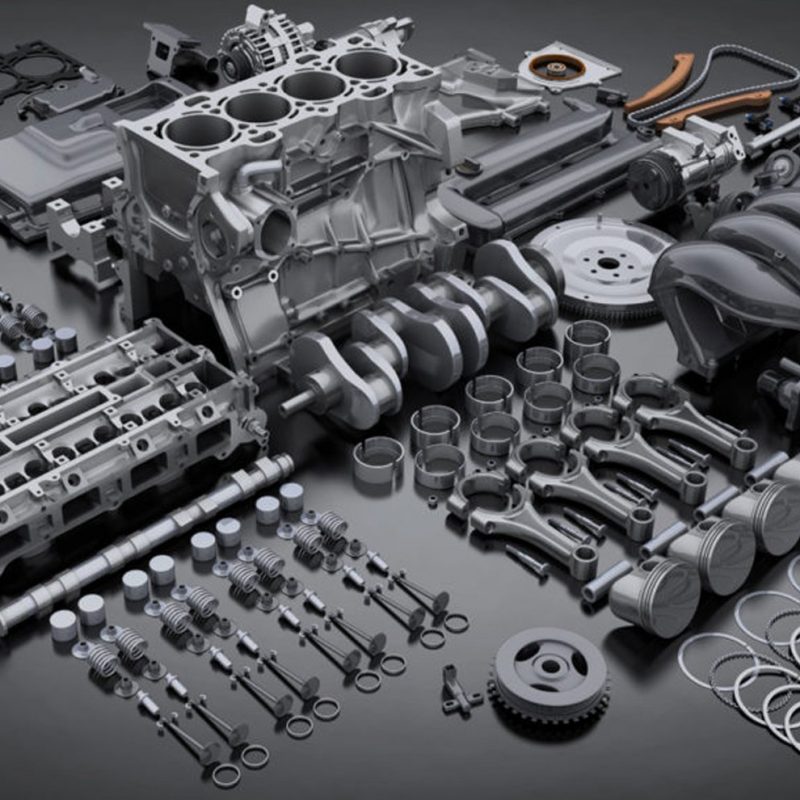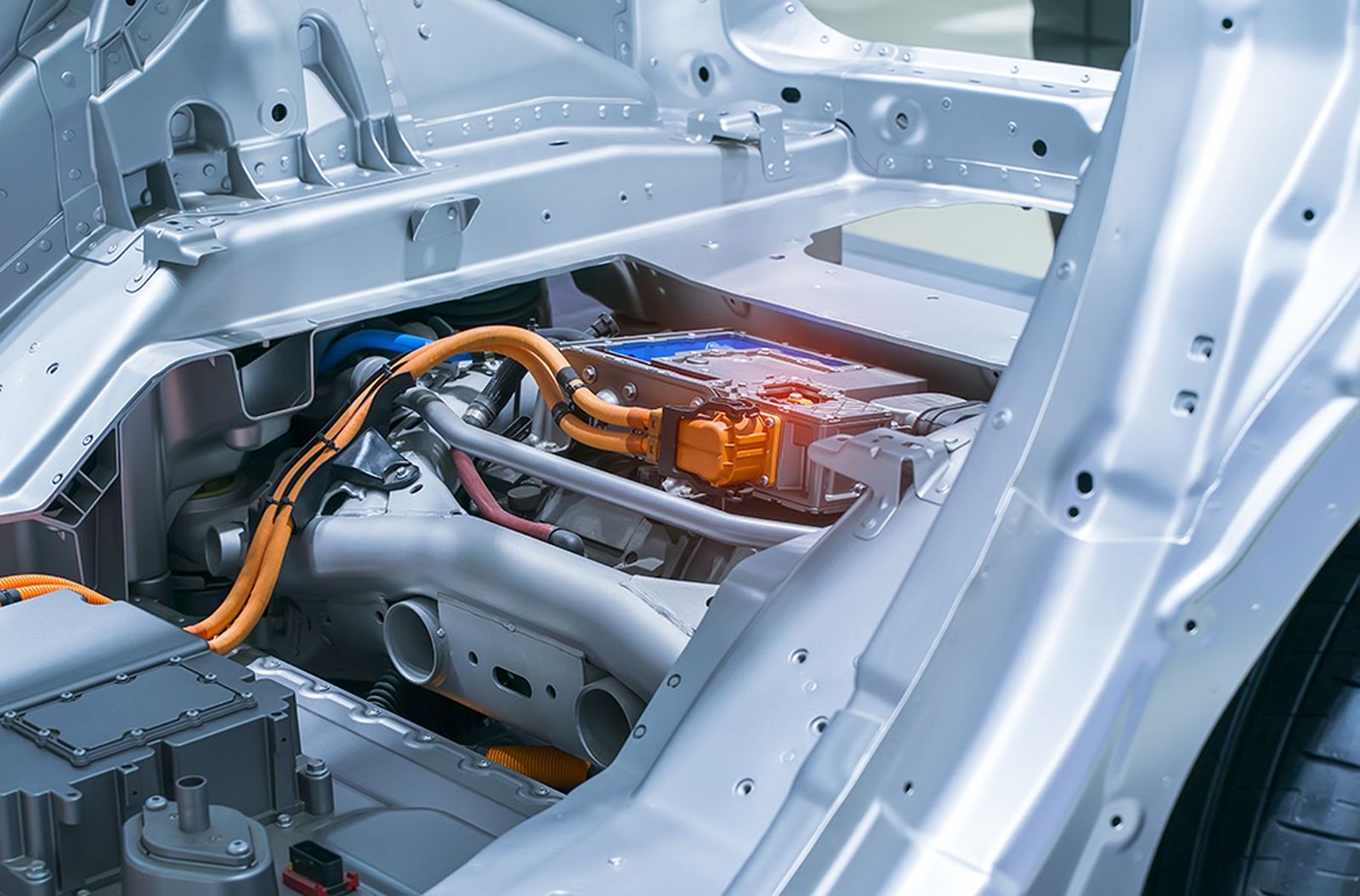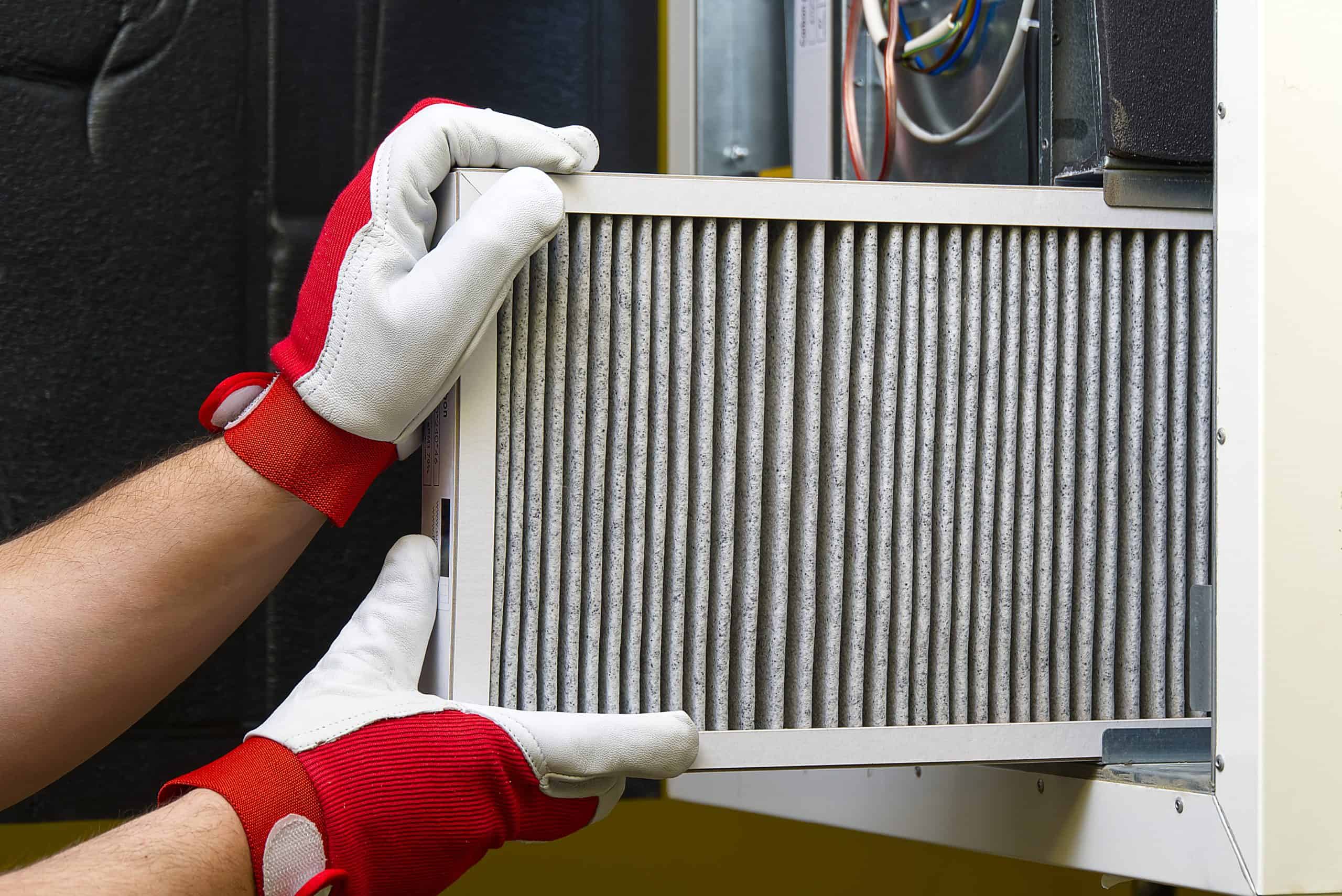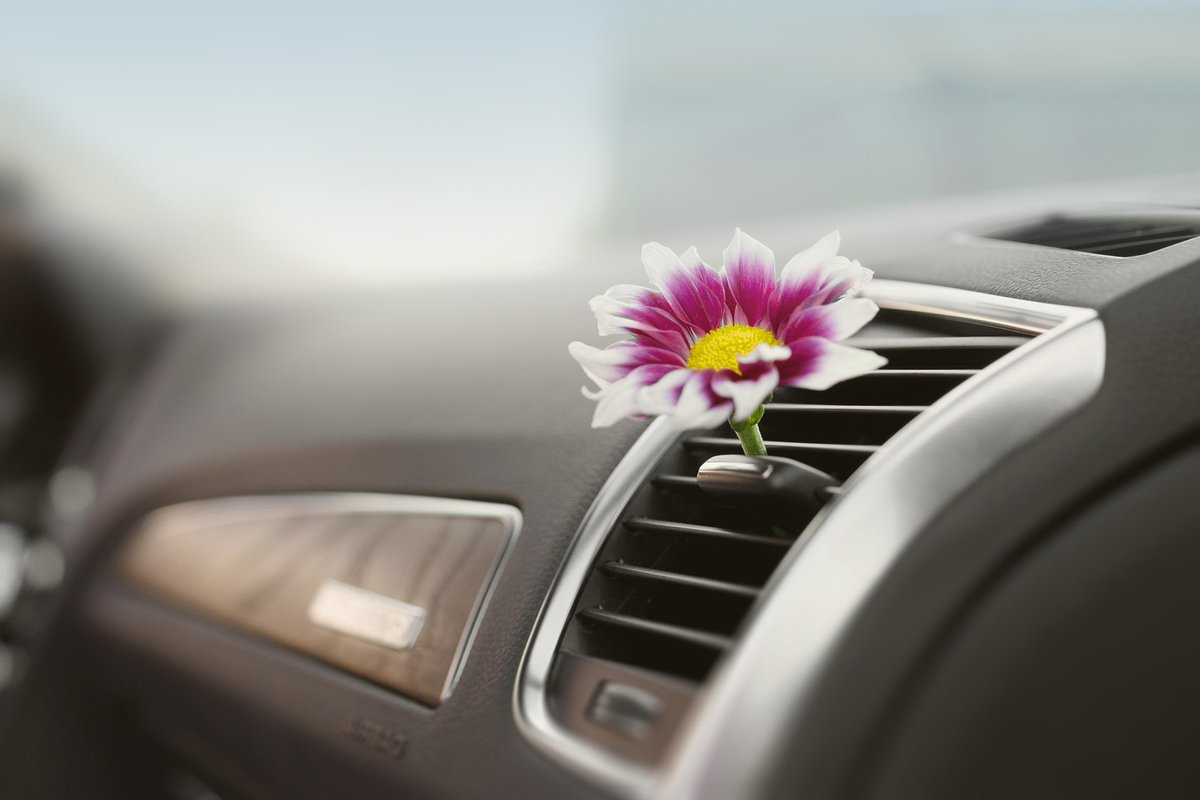Clutch Cable vs. Hydraulic Clutch: Which is Right for You?
Clutch Cable vs. Hydraulic Clutch: Which is Right for You?
The clutch is an important component of a manual transmission vehicle that engages and disengages the engine from the transmission. There are two types of clutches commonly used in vehicles: clutch cables and hydraulic clutches. Each type has its own unique advantages and disadvantages, and choosing the right one for your vehicle depends on your driving needs and preferences. In this essay, we will explore the differences between clutch cables and hydraulic clutches and help you determine which is right for you.
Clutch Cable
Clutch cables have been used in manual transmission vehicles for many years and are the most traditional type of clutch system. The clutch cable is connected to the clutch pedal and runs to the clutch release mechanism, which disengages the clutch. When the clutch pedal is pressed, the cable pulls on the release mechanism, disengaging the clutch and allowing the driver to shift gears.
Advantages of Clutch Cables:
- Easy to Repair: Clutch cables are relatively simple and inexpensive to repair or replace. If the cable breaks or becomes worn, it can be easily replaced with a new one.
- Robust Design: Clutch cables are a simple and durable design that is less likely to fail compared to hydraulic clutches. They are also less prone to leaks and other issues that can affect hydraulic clutches.
- Cost Effective: Clutch cables are generally less expensive than hydraulic clutches, making them a cost-effective option for those who are on a budget.
Disadvantages of Clutch Cables:
- Poor Feel: Clutch cables have a tendency to have a less positive and responsive feel compared to hydraulic clutches. This can make shifting gears more difficult and less enjoyable.
- Lack of Adjustability: Clutch cables are not adjustable, which means that the clutch engagement and disengagement points cannot be adjusted to suit the driver’s preferences.
Hydraulic Clutch
Hydraulic clutches use a hydraulic system, similar to that of a brake system, to engage and disengage the clutch. When the clutch pedal is pressed, hydraulic fluid is forced through a master cylinder to the clutch release mechanism, which disengages the clutch. The hydraulic system provides a smooth and positive feel, making shifting gears easier and more enjoyable.
Advantages of Hydraulic Clutches:
- Improved Feel: Hydraulic clutches have a smoother and more positive feel compared to clutch cables, making shifting gears easier and more enjoyable.
- Adjustability: Hydraulic clutches are adjustable, allowing the driver to adjust the clutch engagement and disengagement points to suit their preferences.
- Better Control: The hydraulic system provides better control over the clutch, allowing for more precise and consistent engagement and disengagement.
Disadvantages of Hydraulic Clutches:
- Higher Cost: Hydraulic clutches are generally more expensive than clutch cables, making them a less cost-effective option for those who are on a budget.
- Complex Design: Hydraulic clutches are more complex and require more maintenance compared to clutch cables. They are also more prone to leaks and other issues that can affect their performance.
- Requires Maintenance: Hydraulic clutches require regular maintenance to ensure proper performance and longevity. This includes regular fluid changes and checking for leaks.
In conclusion, choosing between a clutch cable and hydraulic clutch depends on your driving needs and preferences. Clutch cables are a simple and cost-effective option that is easy to repair and less likely to fail. However, they have a less positive and responsive feel compared to hydraulic clutches.


